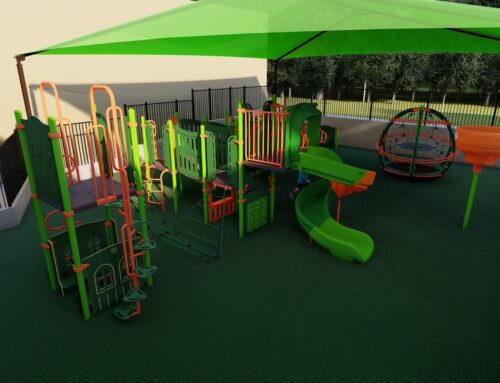“Things are really coming around for us,” says Tammy Silvestri, whose oldest child attended private school before she “saw the light” and decided her younger one would be happier walking into the public school building on Walnut Hill alongside his neighborhood friends.
Silvestri, who is not PTA president of Preston Hollow Elementary, adds: “He saw the other kids on the block headed to a different school…and just looked so miserable. I made the right decision.”
You probably drive past the building all the time, running errands, cutting over to Central, and would maybe never guess how much energy is whirling around inside those brick and mortar walls as parents and school staff do what it takes to make their neighborhood school one that can compete with the private sector.
“Our test scores almost doubled last year,” says Silvestri. “And we’re off to just an incredible start this year. We almost cannot believe it.”
She credits the school’s strides with parental involvement and new principal, Teresa Parker: “She is fabulous – she’s already made such good changes.”
Today Parker has her hands full; a rainstorm has momentarily knocked out the electricity at the school and she’s roaming the halls while teachers keep tabs on bands of exuberant kids, one of whom is convinced this is a sign “Halloween is coming!”
“The students are just wonderful, and so is the staff,” says Parker. “Absolutely, wonderfully strong parent support,” she adds, “which is every principal’s dream.”
The term “parental involvement” has been bandied about so much in the press and in analysis of the solution to public school problems that it’s easy to forget what it means: hundreds of parents taking time away from already frenzied schedules to go up to their kid’s school, find out what’s going on, and then find even more time to help out.
“Parents put an awful lot of work into our school – most of parents in the neighborhood are really involved. It makes a huge difference,” says Carol Crowling, one of the mothers who’s headed up the school’s annual “Roundup” event – a kind of pint-sized sorority/fraternity rush where incoming kindergartners can get to know other kids at the school before the fall term, and parents as well can meet one another and become familiar with the school.
Crowling says: “One of the reasons I got involved in Roundup was that I was concerned that we were putting on the ‘same show’ year to year; given all the private school options out there, we needed to make it as effective a presentation as possible. We wanted parents to know that their child could get a good education at Preston Hollow – we knew that our kids were getting a great education there. It’s a very safe school – uniforms, orderly lines – unusual for such a big school. I’ve never had any problems.”
Crowling has a son in third grade and a daughter in first, and has been impressed with the school’s track record with her children. “They both had the same kindergarten teacher…and she was able to deal with their different strengths and weaknesses. Neither could read when they started; my son wasn’t very motivated, even though he’s a bright kid. But he went into first grade with the basic skills he needed and was reading at grade level within a month. My daughter, on the other hand, was very interested from the beginning and was reading on a third grade level by the time she left kindergarten – the teacher pushed according to their abilities.
“So what I see is that Preston Hollow Elementary manages to challenge high-achieving students without leaving others behind; it seems to me that most private schools want students all at the same level.”
Crowling also cites another reason frequently heard among proponents of a public school education – diversity. “I’m comfortable as a parent at Preston Hollow where there are other people like me who want their kids exposed to all kinds of families – who want their kids to know that not everyone is as fortunate as they are.
“Preston Hollow students watched kids from Bosnia start school here, so eager to learn. They see the other kids helping them learn to speak English. They see different colors of skin, different abilities, different economic levels. You don’t get that at private schools.”
“My kids may not ever realize – or at least not until they’re grown – how that affects how they look at others.”
Crowling adds: “Part of picking a school for your child is finding a fit for yourself as a parent. I feel like it’s not just my kid’s school.”
“It’s my school too.”





